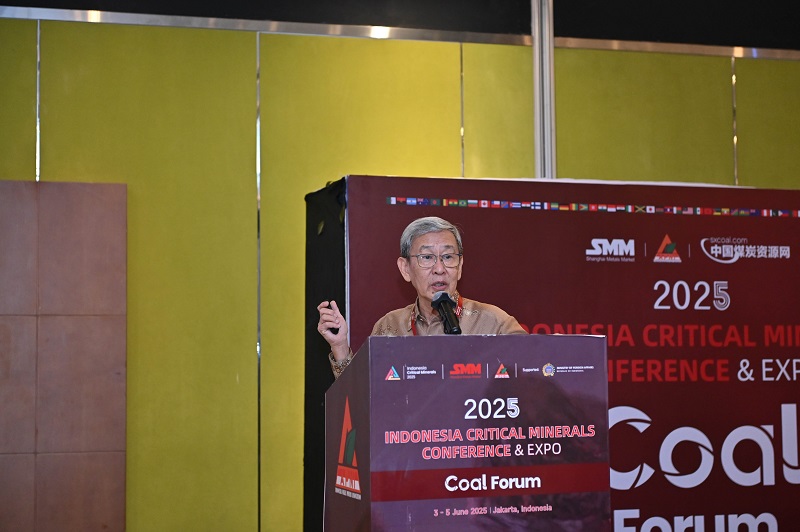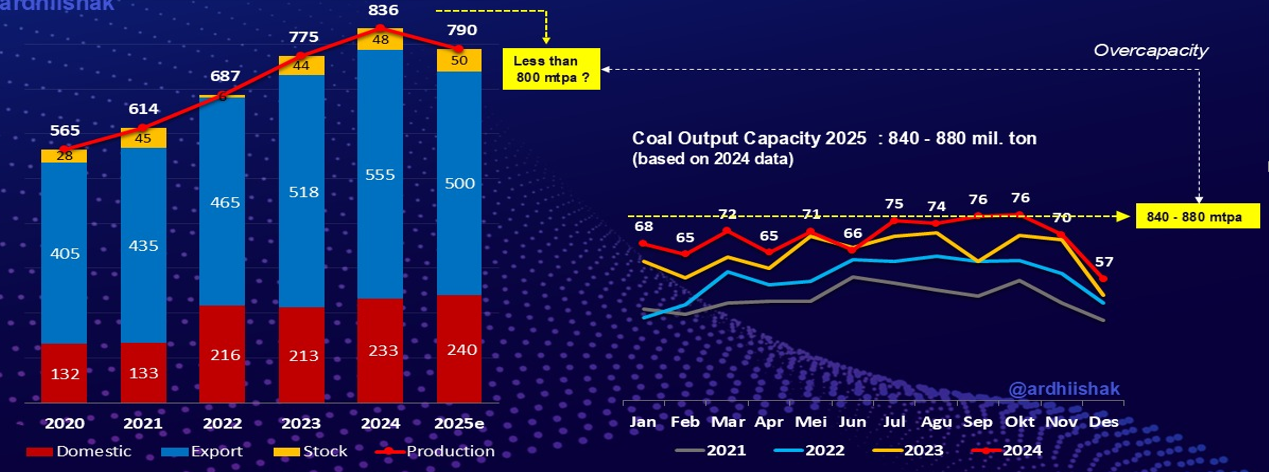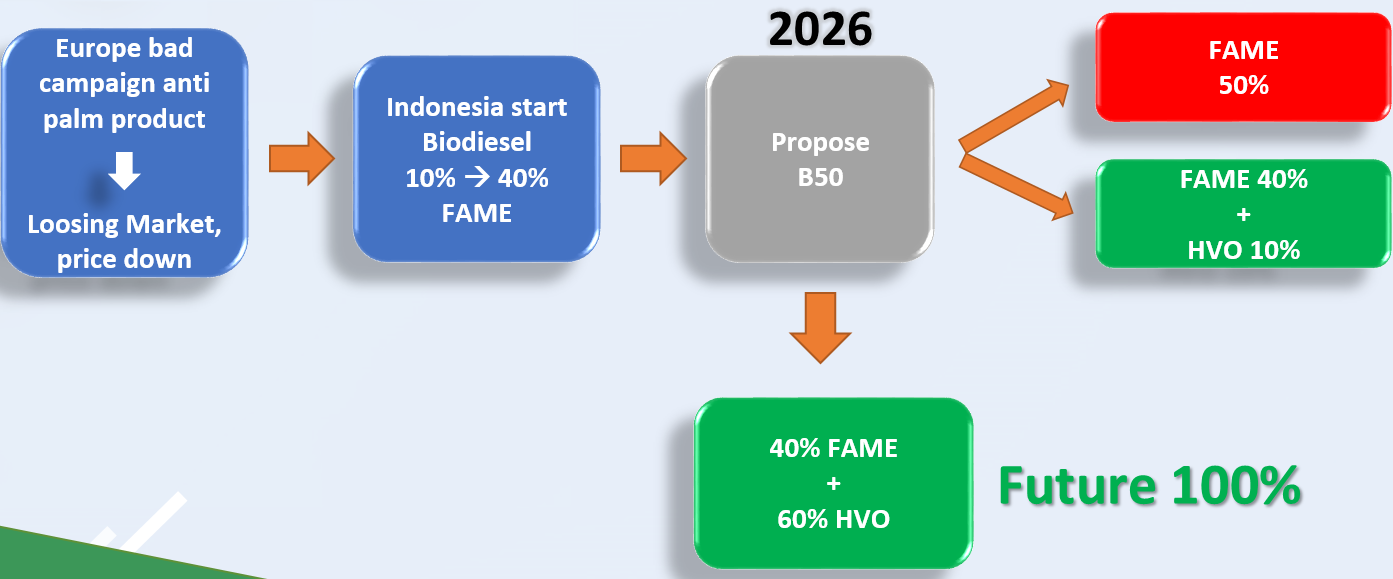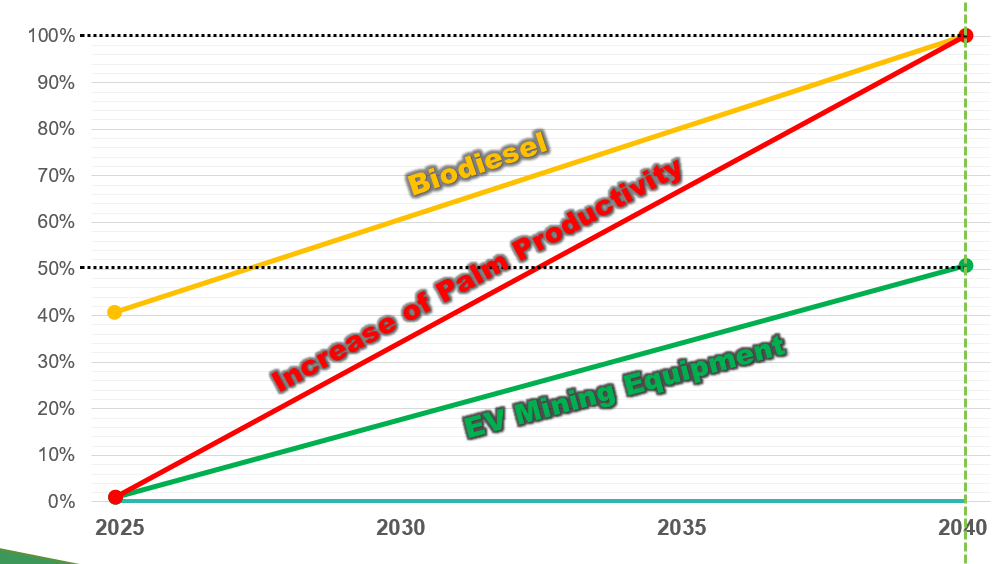






At the 2025 Indonesia Mining Conference and Critical Metals Meeting—2025 Southeast Asia Tin Industry Conference, hosted by SMM Information & Technology Co., Ltd. (SMM), supported by the Ministry of Foreign Affairs of Indonesia as a government supporter, and co-organized by the Indonesian Nickel Miners Association (APNI), Jakarta Futures Exchange, and China Coal Resource Network, ASPINDO Executive Director Bambang Tjahjono shared insights on "The Supporting Role of Mining Services in the Development of Indonesia's Coal Industry." He introduced that contractors, distributors/suppliers, exploration companies, surveyors, and many other supporters provide assistance in mining. Over 90% of coal mining is completed by contractors, and approximately 30% of mineral mining is also carried out by contractors.

Why Use Contractors
in Coal Mining:
1. The coal price index is relatively low compared to operating costs (cost-sensitive).
Coal mine owners find it difficult to flexibly respond to production fluctuations.
Temporary production increases make it challenging to invest in heavy equipment.
Production cuts affect equipment utilization rates and lead to idle labor.
It is impossible to compare ideal costs with actual costs.
2. Contractors are more flexible in adapting to production fluctuations.
• In the case of production cuts, equipment and labor can be reallocated to other sites.
• If labor fluctuations occur due to changes in production, work shifts can be adjusted from two shifts to three shifts.
Overall, the total cost of using contractors is lower.
In Mineral Mining:
A few years ago, almost all mineral mining was carried out by mine owners themselves because the mineral price index was far higher than operating costs (not cost-sensitive).
• Due to safety concerns, mine owners worried that contractors could not properly separate ore from scrap.
The current situation has changed mine owners' perspectives:
• The price index has significantly declined.
• There is greater focus on cost issues.
• Using contractors offers more cost advantages.
Outlook for Indonesia's Coal Industry
In 2025, Indonesia's coal production is expected to be below 800 million mt, a decrease of approximately 5.6% compared to 2024. Exports in 2025 are expected to reach a maximum of 500 million mt, showing a significant decline YoY, while domestic demand will continue to grow but at a limited rate.

Expected Responses to Declining Coal Demand
► For Contractors:
1. Business Diversification : Transition to the mineral sector, participating as contractors or miners.
2. Streamline the number of equipment: Ideally, all contractors should hold at least 25% of equipment with a book value of zero (Note: This may refer to old equipment/equipment that has been fully depreciated).
3. Adjust work shifts: Change from a two-shift system to a three-shift system to avoid layoffs.
►For supporting enterprises (distributors, suppliers, etc.):
•Coexistence of challenges and opportunities:
The low cost of Chinese-made equipment poses challenges to existing distributors/suppliers but creates opportunities for emerging suppliers and small-to-medium-sized contractors.
•Opportunities in emerging fields:
There are also opportunities in electric equipment (mainly dump trucks), although prices are currently high.
Issues faced by mining contractors
Biodiesel policy

Several drawbacks of biodiesel (Fatty Acid Methyl Ester/FAME)
1. Hygroscopicity:It easily absorbs water, leading to excessive moisture content.
2. Oxidation: It produces sediments that can clog fuel filters.
3. Lower energy density than fossil fuels: It consumes approximately 5-7% more fuel than fossil fuels (taking B40 biodiesel as an example, which contains 40% biodiesel).
4. Short shelf life: Pure Fatty Acid Methyl Ester (100% FAME) can only be stored for 2 weeks, while blended biodiesel has a shelf life of 3 months.
5. Higher corrosiveness: It is more corrosive to equipment than fossil fuels.
Recommendations from users to the government through ASPINDO
Stop increasing the use of Fatty Acid Methyl Ester (FAME) biodiesel until there is a significant improvement in quality.
Increase the proportion of biodiesel by adopting Hydrogenated Vegetable Oil (HVO) as an alternative (no significant drawbacks but higher cost) → Recommended blend ratio: B50 (40% Fatty Acid Methyl Ester + 10% Hydrogenated Vegetable Oil + 50% fossil fuel).
Consider accelerating the development of electric trucks and heavy equipment, as biodiesel extracted from palm oil is not enough to meet future growth demands.
Government support (tax reductions) is needed.
Forecast for 100% biodiesel in the future

Preconditions:
A 100% increase in palm oil production; at least 50% of equipment converted to electric vehicles.
No more subsidies for biodiesel.
Fuel prices increase by more than 20%;
The cost impact on mine owners (coal and minerals) exceeds 7%;
Significant differences in fuel prices due to the dispersed supply sources of Fatty Acid Methyl Ester (FAME);
It is difficult for the government to effectively regulate through the Directorate General of New, Renewable Energy and Energy Conservation (EBTKE).
The Indonesian Mineral and Coal Mining Fund Management Agency (BPDPKS) should at least continue subsidies related to transportation distances.
》Click to view the special report on the 2025 Indonesia Mining Conference & Critical Metals Conference
For queries, please contact Lemon Zhao at lemonzhao@smm.cn
For more information on how to access our research reports, please email service.en@smm.cn